
What to see in Morocco
Wandering through the labyrinthine medinas of Morocco, lost in a tapestry of colours and scents, follow the echoes of ancient whispers in the narrow alleys. The veiled faces of locals reveal tantalizing hints of stories untold, while the call to prayer echoes through the air, drawing the traveller deeper into the mysteries of this exotic land. From the golden dunes of the Sahara to the majestic Atlas Mountains, each step unravels a new enigma, which will leave you spellbound by the enigmatic beauty of Morocco’s hidden treasures. Embrace the fantastical in this land of sand dunes and lost cities with this comprehensive guide to your what to see in Morocco.
Fes
Not a fan of getting lost? What about getting fantastically lost? There’s something about being lost in a place like Fes. The sprawling medina, which is closed to traffic sports narrow laneways which are almost totally without street signs and as for using good old Google Maps, forget it. The good news is, being lost in a place like Fes is the best way to get to know it. You’ll meet people, you’ll get invited into tea houses and up to the rooves of their homes to view the amazing (but stinky!) sight of the Fes tannery. Fes is a great place to hang out in tea shops and restaurants, poke about in shops and experience a really old way of life.
Besides the tanneries you could also seek out the majestic Blue Gate of Fes, the mosque and university of Kairaouine, the old palace or even take a street food walk through the maze-like medina with a local who actually knows where they’re going.


Chefchaouen
Visiting the blue village of Chefchaouen is a truly mesmerizing experience. Nestled in the Rif Mountains of Morocco, this picturesque, blue-painted town exudes an otherworldly charm that captivates visitors from the moment they arrive. As you wander through the narrow-cobbled streets, the soothing sound of running water from fountains fills the air, and the scent of blooming flowers perfumes the atmosphere. The vibrant blue hues of the buildings create a dreamlike ambiance, evoking a sense of calm and tranquillity. The friendly locals welcome you with warm smiles and hospitable gestures, making you feel at home in this idyllic mountain retreat. Whether you’re exploring the medina, savouring delicious local cuisine, or simply taking in the breathtaking scenery, visiting Chefchaouen is a sensory delight that leaves an indelible mark on your heart and soul. It’s a place where time seems to stand still, allowing you to immerse yourself in the magic of this enchanting blue oasis.
Try the amazing array of food
Morocco is a foodie’s paradise on all levels. From cooking classes, to fine dining and street food tours it has amazing experiences for everyone. Moroccan food is a culinary delight that is rich in flavour, steeped in tradition, and reflective of the country’s diverse cultural influences. Moroccan cuisine is known for its bold and aromatic spices, such as cumin, coriander, paprika, and cinnamon, which are used to create intricate and exotic flavour profiles. Traditional Moroccan dishes often feature slow-cooked stews, such as tagine, which are bursting with the flavours of tender meat, fragrant vegetables, and preserved lemons. Couscous, a staple grain, is often served with a variety of vegetables, meat, and spices, and is a beloved dish in Moroccan households. Additionally, Moroccan cuisine is known for its delightful combination of sweet and savory flavours, with dishes like pastilla, a flaky pastry filled with spiced meat and almonds, being a prime example. Moroccan food is not just about the taste, but also about the communal and social aspect of sharing a meal, making it a truly special and unforgettable culinary experience.

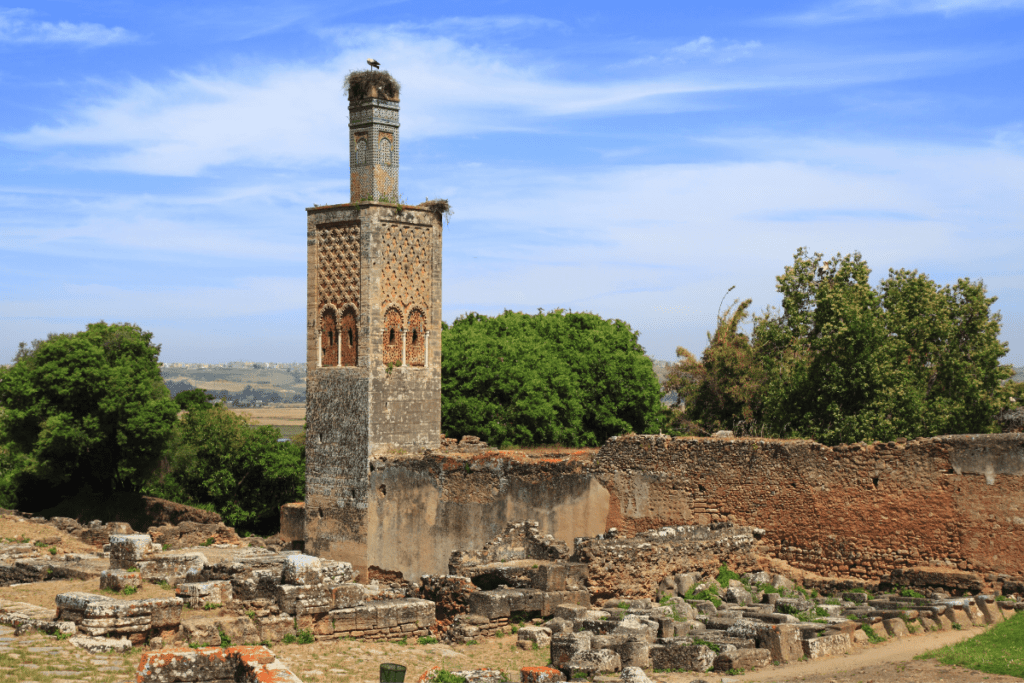
Sala Colonia or “Chellah”
Sala Colonia or “Chellah” as it is known by the locals, was originally established by the Phoenicians in about the 3rd century BCE. The city came under Roman influence in the 1st century CE and by the 2nd century the Romans had established their own city – Sala Colonia one of the last outposts of the empire in the furthest reaches of North Africa. The site was abandoned in the 5th century and was taken over by Muslim Arabs (as was most of Morocco) in the 7th century, then during the Marinid period (12-13th century) is was used as a royal necropolis and actually contains the remains of many mausoleums from this period. Today Sala Colonia is an amazing archaeological site which showcases a melting pot of cultures from its Punic roots with the Phoenicians, to the Romans and finally the Arabs.
Wandering the site which is often deserted is a wonderful experience. Unlike other archaeological sites which are often swarming with tourists, Sala Colonia is mostly deserted save for a few storks nesting in the minarets of the abandoned ancient mosque.
It is also somewhat overgrown and in spring and summer exotic plants are all around the site. Sala Colonia is a rare tranquil place where you can sit and take some time out to appreciate your surroundings with out the chaos of modern Morocco poking you in the arm and waking you from your reverie.
Sala Colonia is somewhat difficult to get to (they don’t call it the last outpost for nothing!). You’ll need to make your way to the capital Rabat, a place often left out of most tour itineraries and then get a taxi. Make sure you ask for it by its local name of Chellah or the locals won’t know what you’re talking about.
Ait Benhaddou
Ait Benhaddou is a stunning fortified village located in the High Atlas Mountains of Morocco. This ancient earthen city, made up of beautiful clay-brick buildings, is renowned for its breathtaking architecture and rich cultural heritage. Its distinctive kasbahs (fortified houses) rise dramatically against the desert landscape, creating a mesmerizing sight. Ait Benhaddou has been a UNESCO World Heritage site since 1987 and has served as a backdrop for numerous films and TV shows due to its unique beauty and historical significance. The labyrinthine streets, winding alleys, and intricate details of the buildings are a testament to the skill and craftsmanship of the local Berber people who have inhabited the area for centuries. A visit to Ait Benhaddou is a journey back in time, where visitors can immerse themselves in the rich history and culture of Morocco while marveling at the architectural wonders of this ancient village. It is truly a treasure of North Africa and a must-visit destination for travellers seeking an authentic cultural experience and should make your list of what to see in Morocco.


The Atlantic Coast
Morocco’s Atlantic coast is a captivating stretch of shoreline that boasts breathtaking landscapes and rich cultural heritage. The coast is characterized by stunning beaches with golden sands, rugged cliffs, and picturesque fishing villages. The Atlantic Ocean crashes against the shores, creating a mesmerizing symphony of waves.
There are many stunning cities to visit along Morocco’s Atlantic coast and Agadir and Essaouira are two beautiful of the most beautiful. Both offer unique and captivating experiences for travellers. Agadir is known for its pristine beaches, warm weather, and vibrant nightlife. With its modern infrastructure, Agadir is a popular destination for beach lovers and water sports enthusiasts, offering opportunities for surfing, swimming, and sunbathing. The city also boasts a rich history and culture, with ancient ruins, traditional markets, and delicious Moroccan cuisine to explore. On the other hand, Essaouira is a charming coastal town with a rich history and a laid-back vibe. Its well-preserved medina, a UNESCO World Heritage site, is a maze of narrow streets lined with blue and white buildings, showcasing the city’s rich heritage as a former Portuguese fortress.
Essaouira is also famous for its vibrant arts and music scene, with numerous art galleries, music festivals, and local artisans showcasing their crafts. The town is a perfect destination for those seeking a relaxed and authentic Moroccan experience, with its friendly locals, picturesque scenery, and unique cultural offerings.
Rabat
Morocco’s capital often goes unvisited by many tourists and tour operators in favour of its biggest and most famous city Casablanca or CASA-blanca as the locals call it (heavy on the ‘casa’). While Rabat is Morocco’s capital most visitors find themselves in Casablanca at the beginning or end of their trip (or both). Casablanca can be intimidating, while Rabat seems to maintain a small town feel and its old world charm. Rabat’s locals are more relaxed and you’ll find you get much less attention as a tourist here, as opposed to other cities in Morocco.
Rabat is home to some fantastic restaurants, Le Dhow a restaurant on an old traditional Dhow boat springs to mind and has some seriously good attractions in its own right. For starters you could easily make your way out to one of the last outposts of the Roman Empire at Sala Colonia (see above), stroll the 11th century kasbah, admire the Hassan Tower or explore the new city of Rabat along with its archaeological museum which contains finds from Sala Colonia and other places in Morocco.

If you’re staying in Casablanca, there’s no reason not to take a day trip out to Rabat (or even to stay there and do a day trip to Casablanca), there are frequent trains from the main station and the journey takes about an hour.
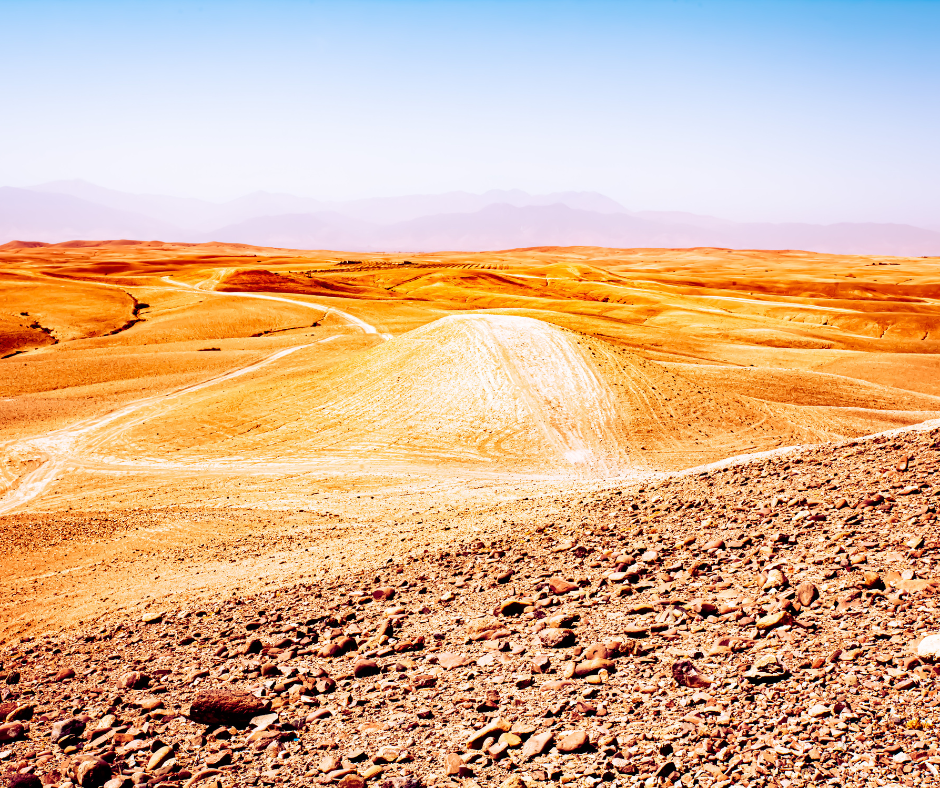
Agafay Desert
The Agafay Desert is a rocky desert located just a short distance southwest of Marrakesh. It is often referred to as a “desert” due to its barren, rocky landscape, but it is not a true desert as it does not have extensive sand dunes like the Sahara.
Its proximity to Marrakesh makes it a popular destination for travelers seeking a desert-like experience without having to venture deep into the Sahara. Many tourists visit the Agafay Desert for a day trip or an overnight excursion from Marrakech to experience its stark beauty and enjoy activities such as camel rides, quad biking, and hot air balloon rides.
Unlike the Sahara, the Agafay Desert does not support much vegetation or wildlife due to its arid and rocky nature. However, there are some hardy plants, such as thorny shrubs and small grasses, that manage to survive in the harsh conditions. Birdwatching is also popular in the area, with species such as larks, falcons, and eagles being spotted.
The Agafay Desert is also home to several luxury desert camps and eco-lodges, offering visitors a chance to experience glamping (glamorous camping) with modern amenities while being immersed in the rugged desert landscape. These camps provide a unique and tranquil getaway, allowing guests to disconnect from the hustle and bustle of city life and enjoy the tranquility and solitude of the desert.
Jemaa el-Fnaa
Last but certainly not least on this list of what to see in Morocco, the Jemaa el-Fnaa, the central square in the pink medina of Marrakesh. If you think you’ve witnessed the fantastic and haven’t strolled around this place, trust us, you haven’t. Surrounding the square you will find all sorts of strange and wonderful shops, including purveyors of ingredients used in Witchcraft, jars of scorpions all writing over each other, dusty idols in dusty dark corners and carpets that some will tell you are magic. Strolling the square you might feel as if you have slipped into a Cirque du Solei as you witness sword swallowers, fire walkers, snake charmers and even a guy letting a scorpion walking into his mouth before spitting it out. The stranger (yes stranger than Witchcraft) sellers can also be found outdoors in the square, our favorite is the guy selling false teeth with potential customers coming along, picking up dentures from his spread, trying the on and putting them back! At night, the square truly comes to life, with all manner of street food vendors opening for business. This is a great place to go for an amazing dinner complete with entertainment. Just watch where you step, so you don’t unintentionally end up learning the practise of firewalking.
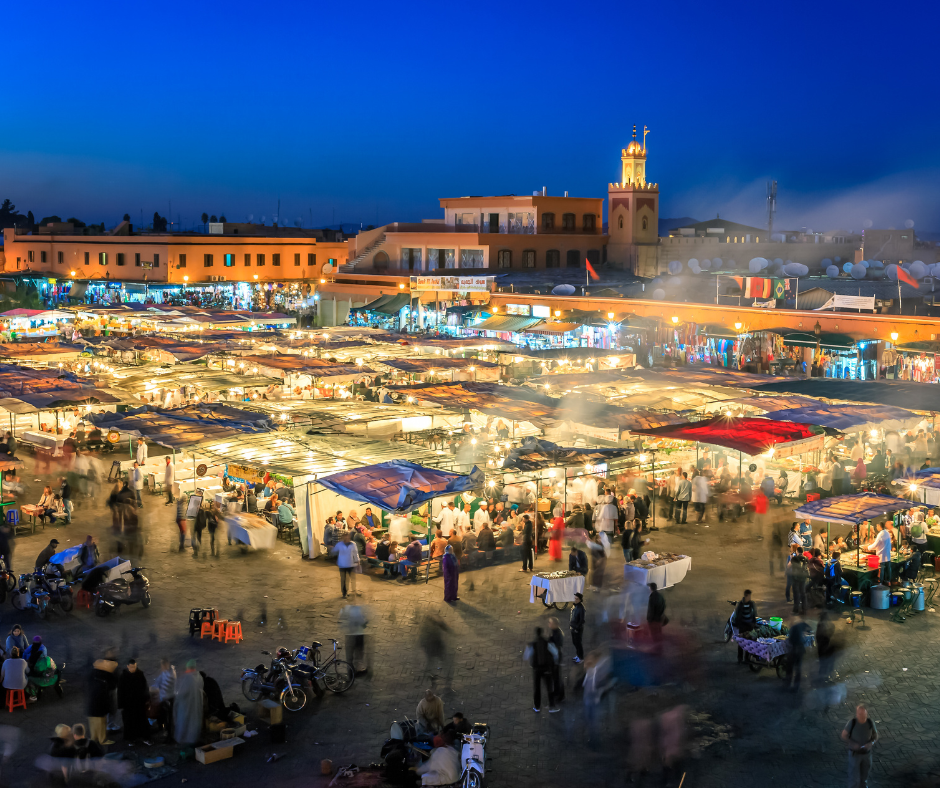
Interested in Morocco? Why not join us on our culinary adventure ‘Spice Odyssey’? For more information please give us a call on +61 2 7229 1926 or email us at info@invertedatlas.com


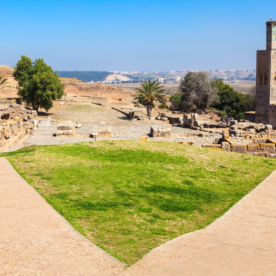


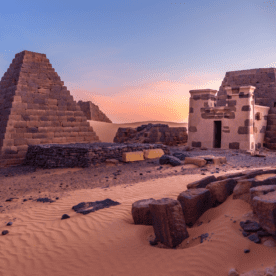

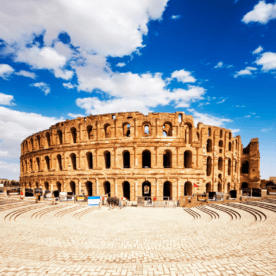
Leave a Reply